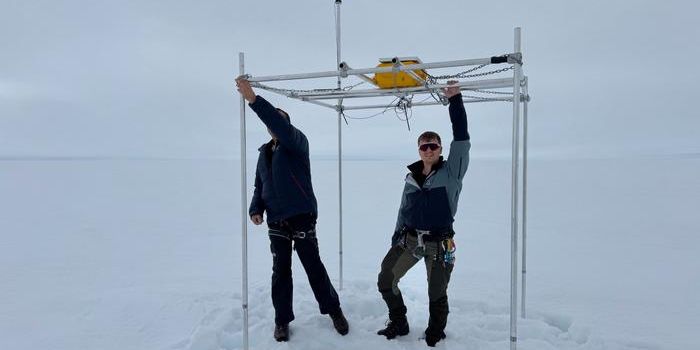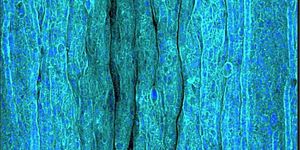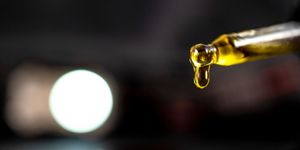Swimming in Anxiety: The Effects of Artificial Light on Zebrafish
How can artificial light influence the behavior of zebrafish? This is what a recent study published in Science of The Total Environment hopes to address as an international team of researchers investigated the effects of artificial light at night (ALAN) on female zebrafish. This study holds the potential to help researchers, climate conservationists, and the public better understand the effects of light pollution on nature and the steps that can be taken to mitigate them.
“Sleep is one of the main processes of animals that is disrupted by ALAN, so we were curious to know what that means for their ability to navigate their lives. In other words, what does it mean for their behavior?” said Weiwei Li, who is a PhD student at the Max Planck Institute of Animal Behavior (MPI-AB) and lead author of the study. “The light levels that we used in our study matched what is already shining into the homes of animals at night through the many sources we place outdoors. And we found extremely strong and clear negative effects on the behavior of fish and their offspring after only a few bright nights.”
For the study, the researchers analyzed the effects of short and long wavelengths of ALAN on female zebrafish over a 10-day, 9-night period to ascertain their behavior patterns. These patterns included swimming patterns, group cohesiveness, and location within the aquarium where the study was being conducted. In the end, the researchers discovered the zebrafish exhibited anxiety-like behaviors while exposed to all wavelengths, but these worsened when exposed to shorter wavelengths, specifically within the blue spectrum.
“We found that light pollution disrupted the natural behavior of fish, and this disruption may have fitness and performance consequences,” said Dr. Ming Duan from the Institute of Hydrobiology Chinese Academy of Sciences and is a co-author on the study.
This study comes as light pollution continues to increase around the world, resulting in detrimental effects on wildlife and ecosystems. The researchers emphasize the importance of mitigating light pollution to mitigate the effects ALAN on wildlife.
What new discoveries about the connection between light pollution and animal behavior will researchers make in the coming years and decades? Only time will tell, and this is why we science!
As always, keep doing science & keep looking up!
Sources: Science of The Total Environment, EurekAlert!, Max Planck Institute of Animal Behavior, DarkSky
Featured Image: Fish in a shoreline habitat. (Credit: Alex Jordan / Max Planck Institute of Animal Behavior)








